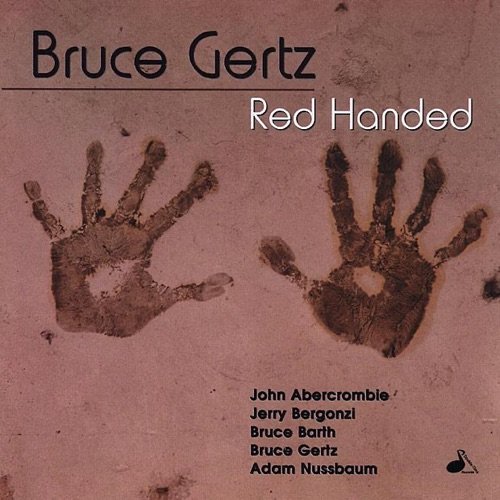Stephan Micus - Inland Sea (2017) CD Rip
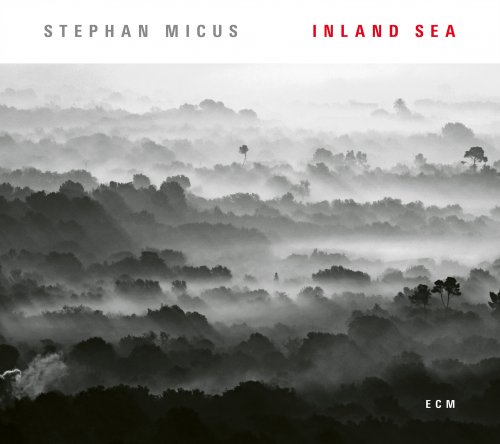
Artist: Stephan Micus
Title: Inland Sea
Year Of Release: 2017
Label: ECM Records
Genre: World, Experimental
Quality: FLAC (tracks + .cue, log, artwork)
Total Time: 53:58 min
Total Size: 234 MB
WebSite: Album Preview
Tracklist:Title: Inland Sea
Year Of Release: 2017
Label: ECM Records
Genre: World, Experimental
Quality: FLAC (tracks + .cue, log, artwork)
Total Time: 53:58 min
Total Size: 234 MB
WebSite: Album Preview
01. Haze (4:53)
02. Sowing Wind (4:26)
03. Dawn (4:00)
04. Flor del Sur (7:15)
05. Reaping Storm (3:49)
06. Dancing Clouds (7:31)
07. Virgen de la Mar (4:56)
08. For Shirin and Khosru (6:37)
09. Dusk (4:42)
10. Nuria (5:49)
If there's one constant in Stephan Micus' vocational life, it's his attempt to capture what he does inside a category. His longtime label ECM understands this; he is the only artist in its stable who has a totally free hand. He is not produced by Manfred Eicher, records in his own studio, and releases records when he wishes. Micus makes music from what he doesn’t already know: He is a traveler, literally and creatively. He visits places across the globe -- often sparsely inhabited ones -- studies their musical traditions and instruments, learns to play them (sometimes from lineage masters), then repurposes them. He often juxtaposes them with other instruments that were never meant to be played together and multi-tracks according to an interior logic. Micus often adds singing and chanting in self-created languages. When these pieces are assembled, they create a timeless music that sounds simultaneously ancient and contemporary.
Inland Sea is his 22nd album. Its title reflects that this music was developed by using the physical world to journey to an inner one. Its central instrument is the nykelharpa, a keyed fiddle from the Swedish folk tradition. It marks the first time he has ever used a bowed instrument that is not Asian in heritage. Micus doesn't play it in its intended manner. With keys over strings -- somewhat like a hurdy gurdy -- it's usually played with a short bow for rhythmic purposes to accompany dances. Micus uses a much longer bow to hold it upright, playing it like a cello in some cases, striking and plucking at its strings in others, and overdubbing these processes. On "Haze," he uses it in conjunction with another first-time instrument, the plucked-string balanzikom that he brought back from a mountainous valley between Afghanistan and Tajikistan. While sounding otherworldly, it offers a trace of familiarity: his bowing technique suggests the Baroque cello. The balanzikom (with fishing nylon for strings) is used to startling effect on "Flor del Sur," with a deep rumbling rawness fueling his rich yet arid singing. These aren't the only instruments Micus plays here; shakuhachi flute, Moroccan genbri, guitars, and two self-designed ones -- a chord zither and a bass zither whose strings are over three feet long -- are also used. Rhythms are generated by the noisy keys of the nykelharpa, which can be heard with brooding intensity on "Dancing Clouds" with the guitars, chord zithers, and bowed instrument woven into an atmosphere that suggests a coming storm. Closer "Nuria" (a Catalan girls' name taken from the Virgin of Núria) uses the nykelharpa as a deftly syncopated rhythm section, buoying not only Micus' voice but the shakuhachi as well, which offers an approach to the sacred by means of the secular. ECM's press release accurately states that there is no musician like Micus; so is the notion that there is no music like his. Inland Sea is another deep dive into sound. While Micus' discipline is rigorous, the listening offers only abundant pleasure. -- Thom Jurek
Inland Sea is his 22nd album. Its title reflects that this music was developed by using the physical world to journey to an inner one. Its central instrument is the nykelharpa, a keyed fiddle from the Swedish folk tradition. It marks the first time he has ever used a bowed instrument that is not Asian in heritage. Micus doesn't play it in its intended manner. With keys over strings -- somewhat like a hurdy gurdy -- it's usually played with a short bow for rhythmic purposes to accompany dances. Micus uses a much longer bow to hold it upright, playing it like a cello in some cases, striking and plucking at its strings in others, and overdubbing these processes. On "Haze," he uses it in conjunction with another first-time instrument, the plucked-string balanzikom that he brought back from a mountainous valley between Afghanistan and Tajikistan. While sounding otherworldly, it offers a trace of familiarity: his bowing technique suggests the Baroque cello. The balanzikom (with fishing nylon for strings) is used to startling effect on "Flor del Sur," with a deep rumbling rawness fueling his rich yet arid singing. These aren't the only instruments Micus plays here; shakuhachi flute, Moroccan genbri, guitars, and two self-designed ones -- a chord zither and a bass zither whose strings are over three feet long -- are also used. Rhythms are generated by the noisy keys of the nykelharpa, which can be heard with brooding intensity on "Dancing Clouds" with the guitars, chord zithers, and bowed instrument woven into an atmosphere that suggests a coming storm. Closer "Nuria" (a Catalan girls' name taken from the Virgin of Núria) uses the nykelharpa as a deftly syncopated rhythm section, buoying not only Micus' voice but the shakuhachi as well, which offers an approach to the sacred by means of the secular. ECM's press release accurately states that there is no musician like Micus; so is the notion that there is no music like his. Inland Sea is another deep dive into sound. While Micus' discipline is rigorous, the listening offers only abundant pleasure. -- Thom Jurek
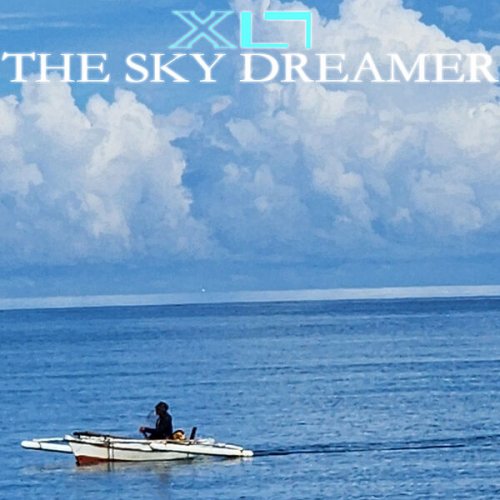
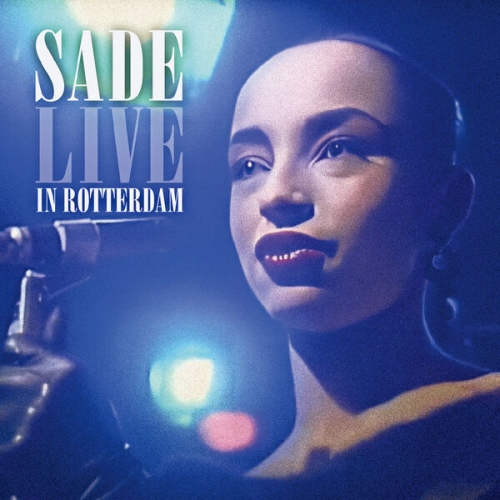
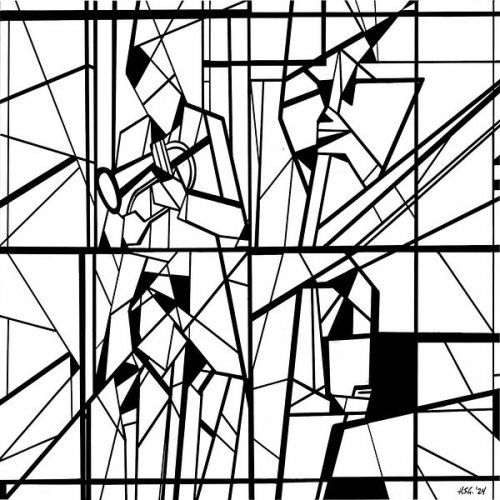
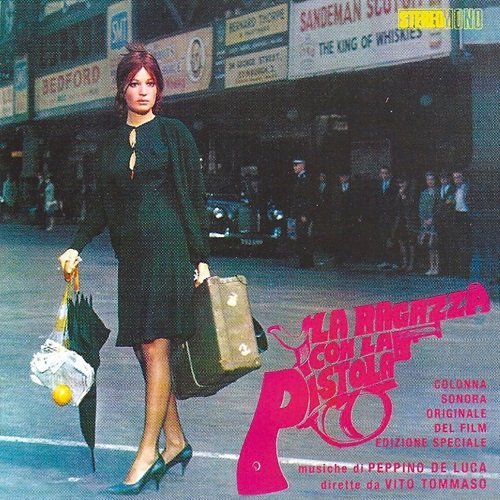
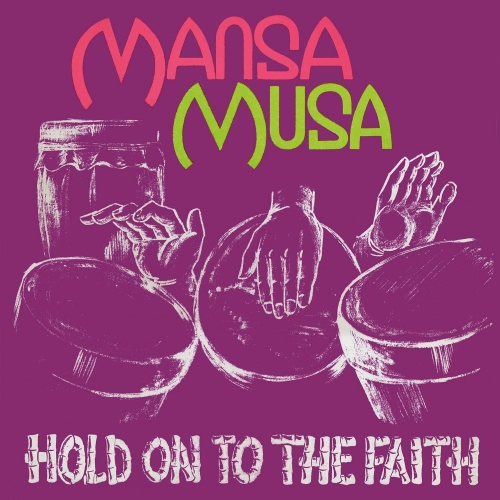

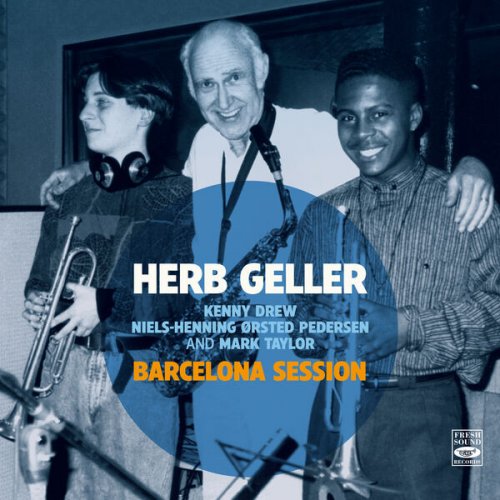
![VA - HDTracks 2023 Hi-Res Sampler (2023) [Hi-Res] VA - HDTracks 2023 Hi-Res Sampler (2023) [Hi-Res]](https://www.dibpic.com/uploads/posts/2025-12/1764665328_hdtracks-2023-hi-res-sampler.jpg)
